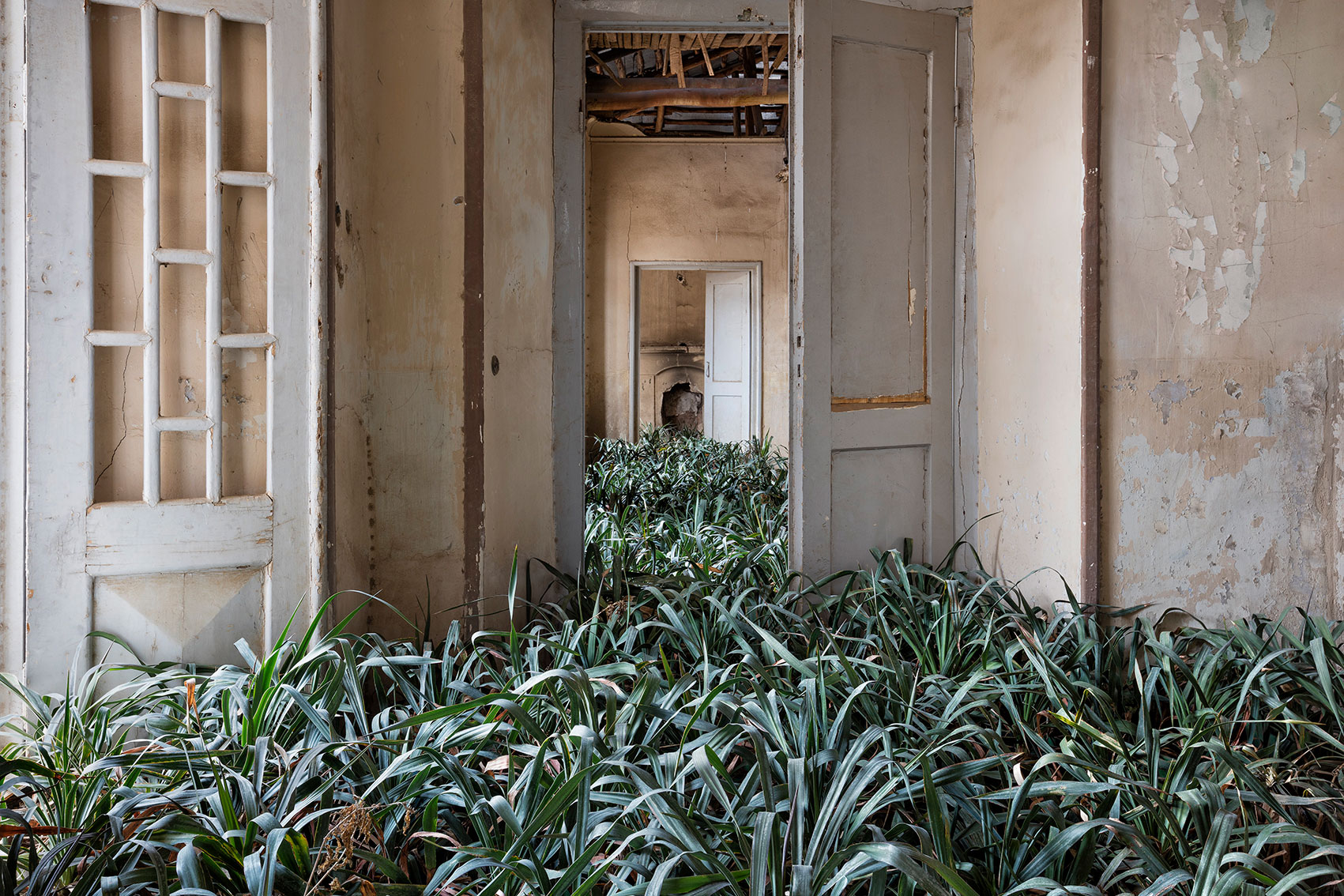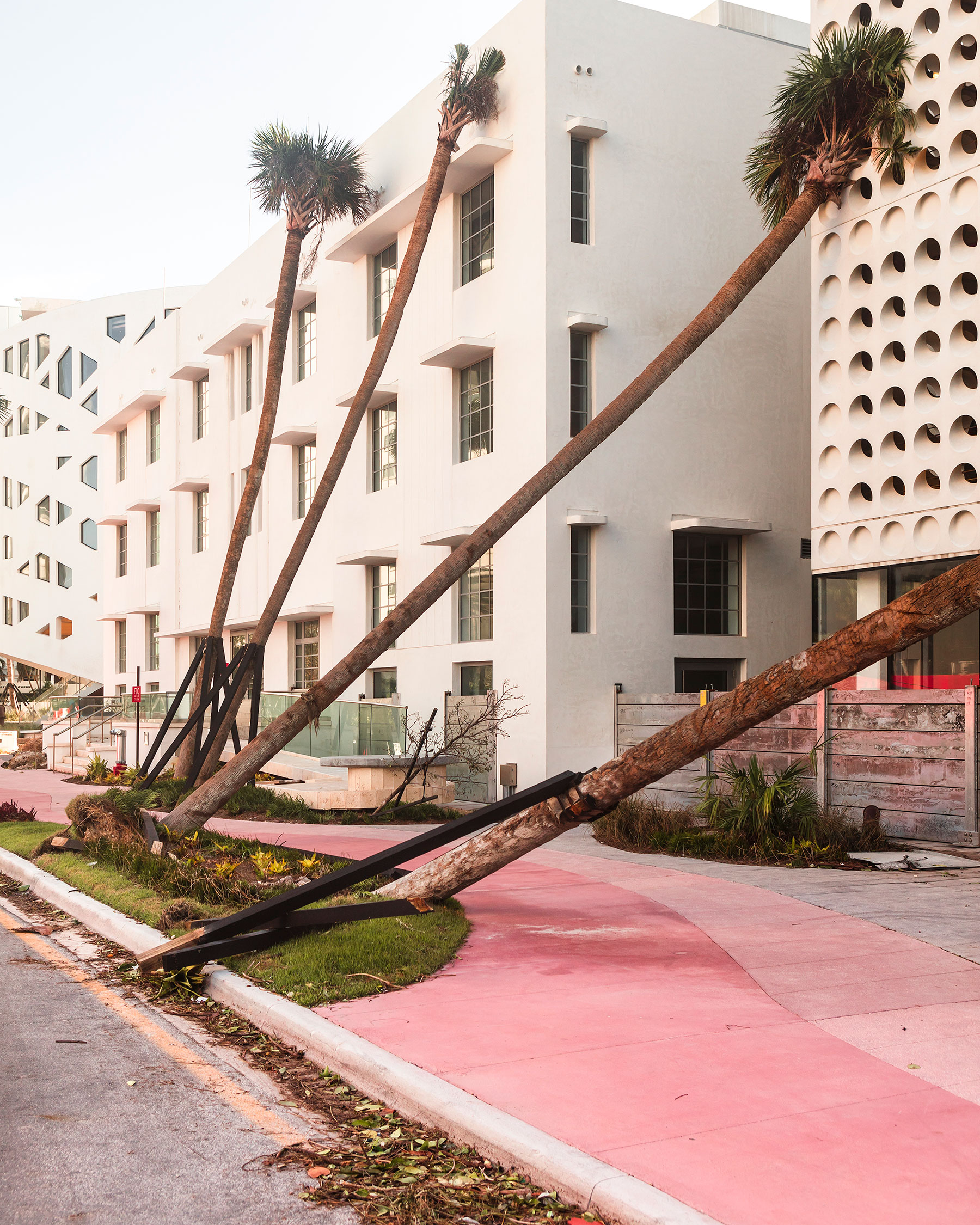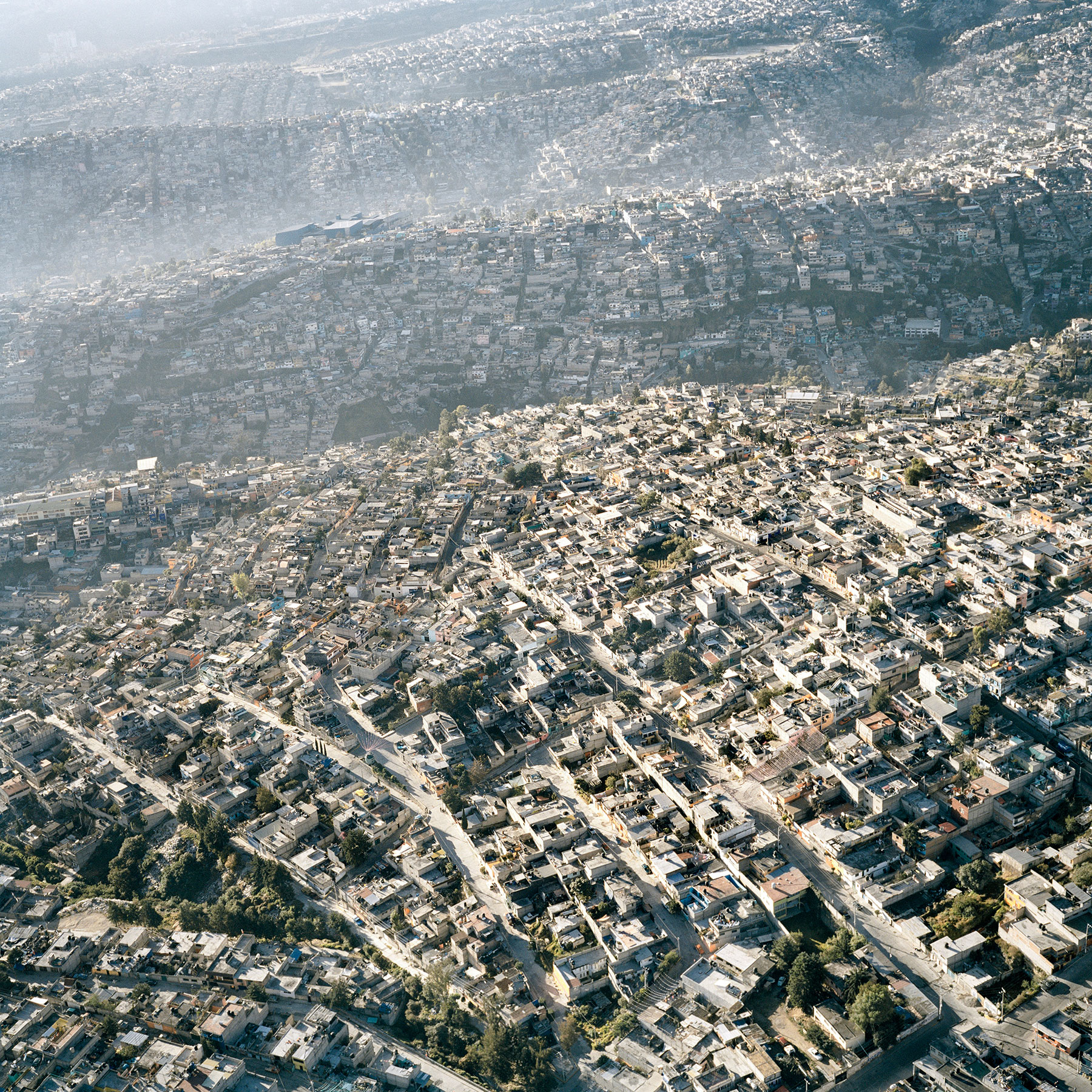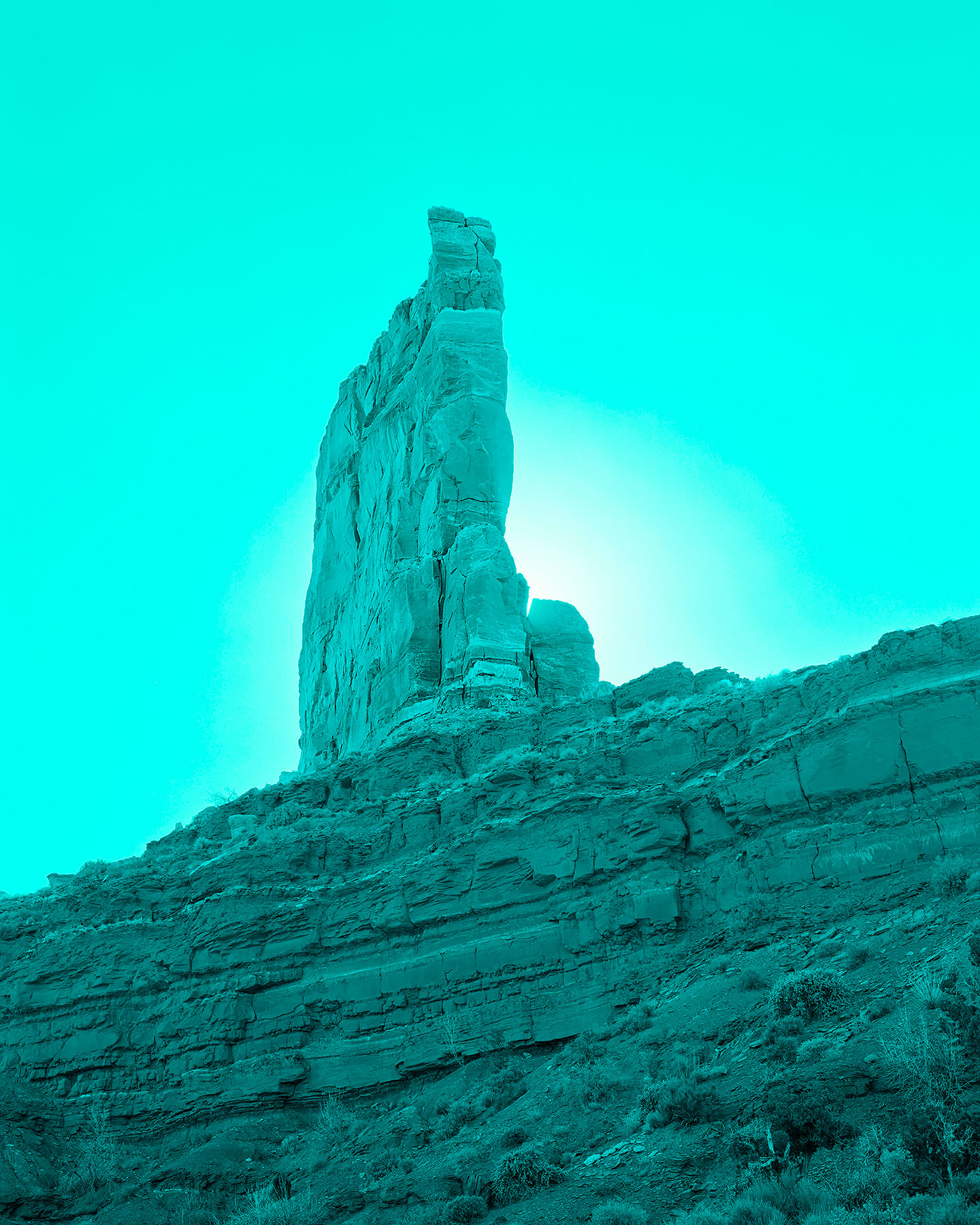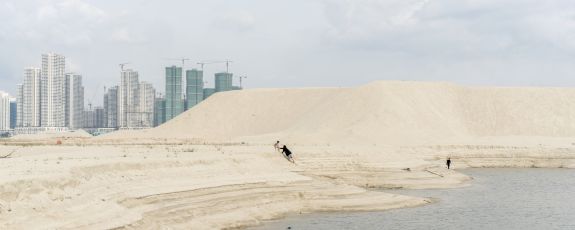
the artist. © Sim Chi Yin.
Picturing the Anthropocene
New Nasher Museum exhibit presents photography of our changing environment
“Second Nature: Photography in the Age of the Anthropocene,” which begins Thursday, Aug. 29, is the first major exhibition to examine the Anthropocene through the lens of contemporary photography. Comprised of 45 photo-based artists working in a variety of artistic methods from studios and sites across the globe, “Second Nature” explores the complexities of this proposed new age.
The artists offer compelling visual imagery necessary for picturing the Anthropocene: aerial views of beautiful but toxic sites, collages that incorporate archival photographs to counter colonial narratives, depictions of urbanism on an unimaginable scale, and imagined yet precarious futures. In doing so, they address urgent issues such as vanishing ice, rising waters, and increasing resource extraction, as well as the deeply rooted and painful legacies of colonialism, forced climate migration, and socio-environmental trauma.
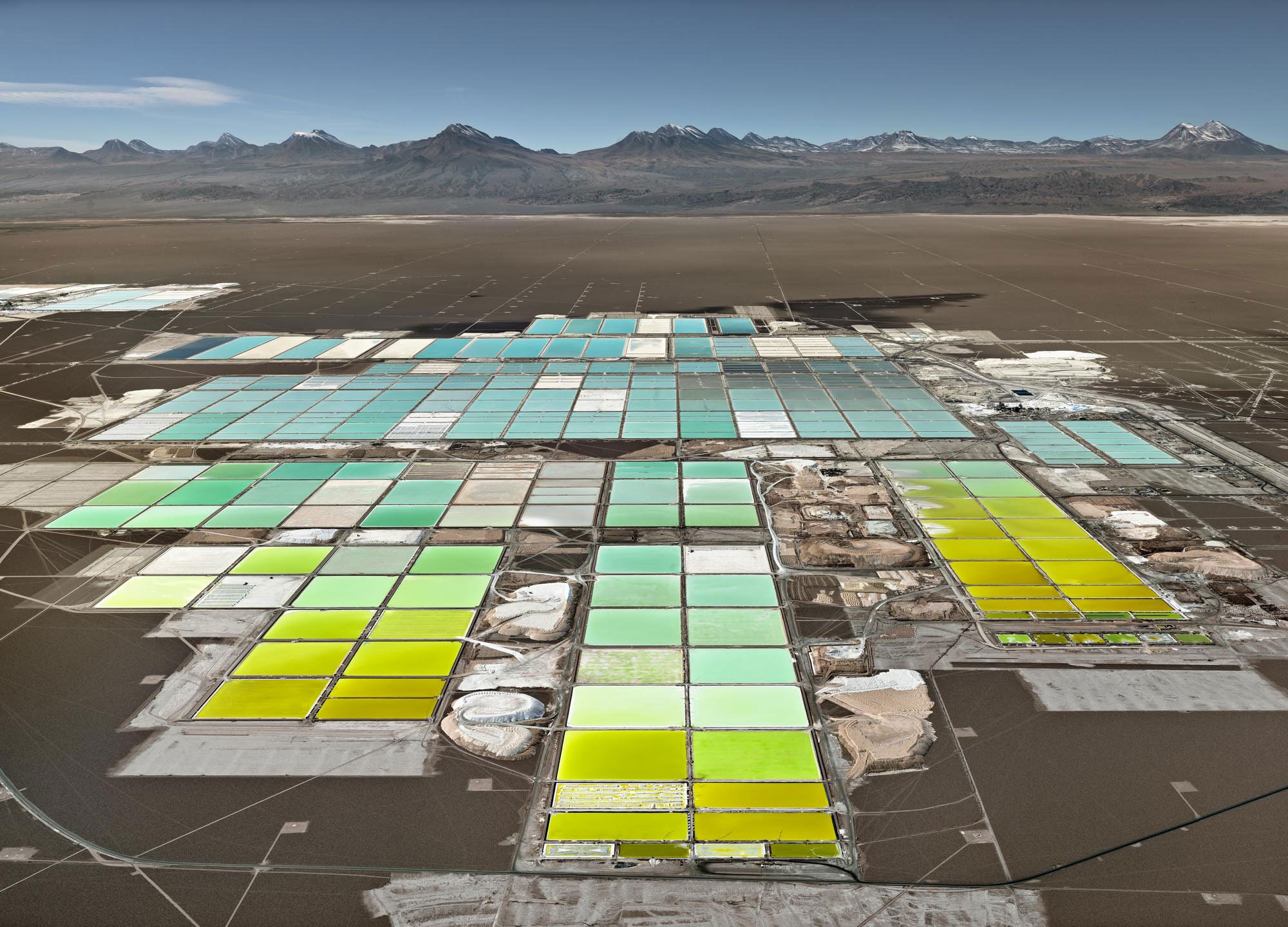
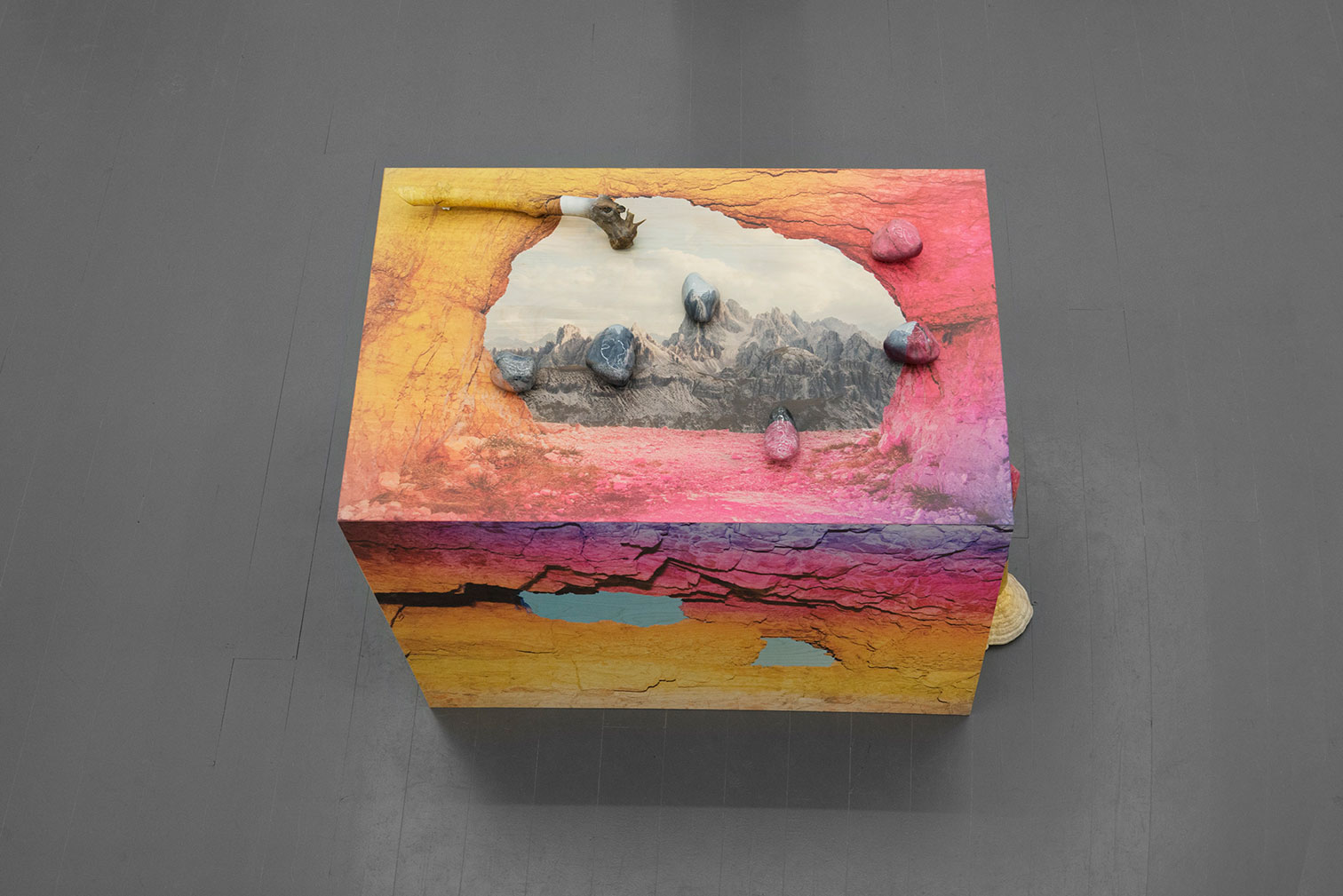
Bottom: Inka and Niclas Lindergård, Adaptive Colorations I, 2016. Courtesy of the artists and Dorothée Nilsson Gallery, Berlin. © Inka & Niclas Lindergård.
Right: Gideon Mendel, Anchalee Koyama, Taweewattana District, Bangkok, Thailand, November 2011 from the series Drowning World: Submerged Portraits, 2011. Courtesy of the artist and Axis Gallery, New York & New Jersey. © Gideon Mendel.
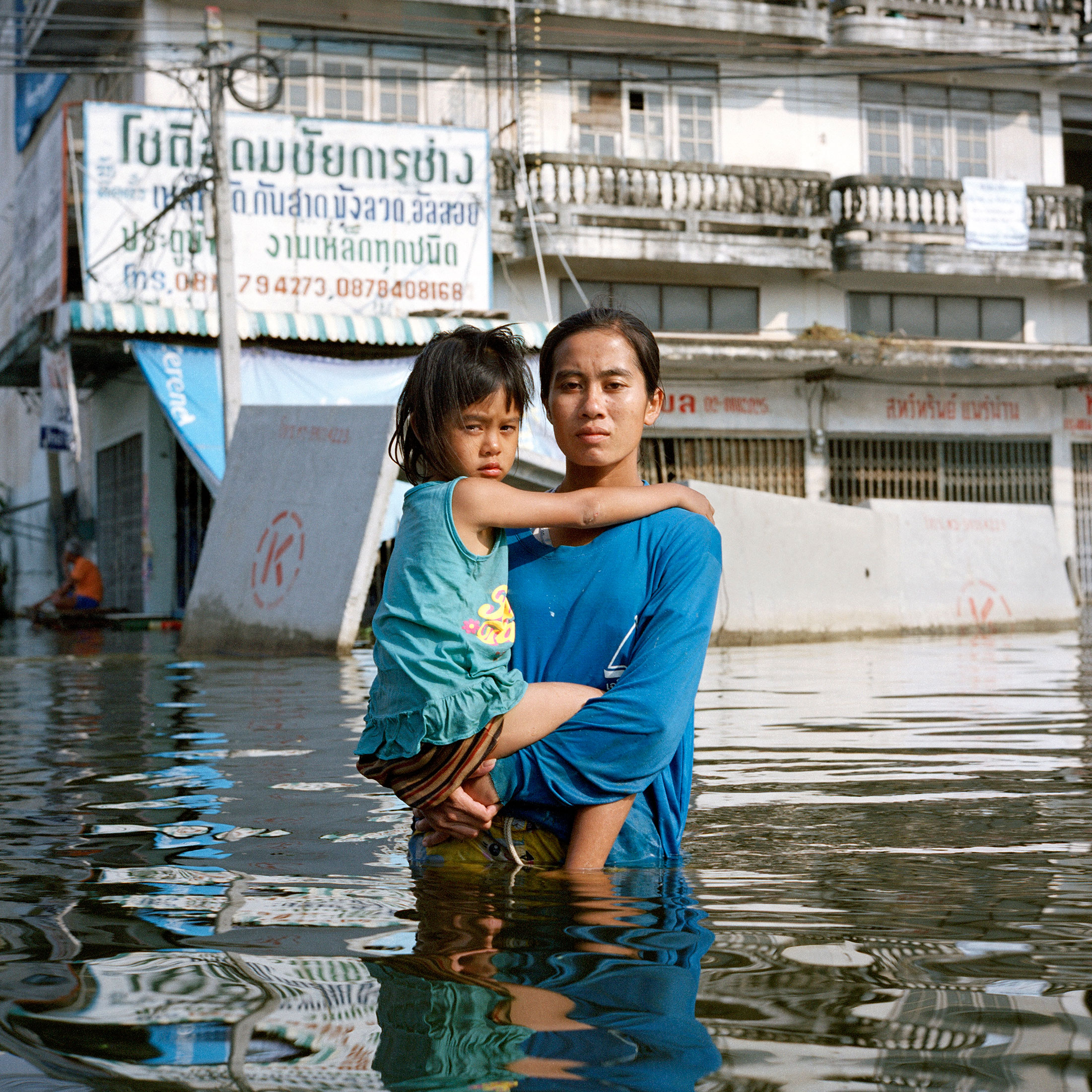
Trevor Schoonmaker, Mary D.B.T. and James H. Semans Director of the Nasher Museum, says the exhibit, and the accompanying book, “offers a sweeping exploration of the vast and mismatched time scales of photography, climate change and 'deep time' of geologic history. Looking is hard; not looking will end up being harder.”
The photographs depict the effects of climate change around the world. The exhibit will be on display at the Nasher Museum through January 5.
Admission is free. Museum hours are Tuesday, Wednesday, Friday and Saturday: 10 a.m. to 5 p.m.; Thursday: 10 a.m. to 9 p.m.; and Sunday: noon to 5 p.m.
Collaboration with Duke Forest
The exhibit also highlights the Nasher Museum’s work with climate scientists across the university and its involvement in Duke’s Climate Commitment. As part of the exhibit, the museum is collaborating with Duke Forest on a series of tours of the Nasher exhibit combined with a visit to the forest to connect the art to local environmental history. The tours are on Sept. 21 and Oct. 6.
The Sept. 21 event is a two-part guided educational experience for attendees, starting at the exhibit hearing about the Anthropocene from Nasher staff, then ending in the Duke Forest learning from forest staff about the effects of the Anthropocene on our local environment.
The Oct. 5 event is similar but only includes the educational experience in Duke Forest. Participants will be then encouraged to visit the Nasher Museum exhibit on their own time.
Space is limited; the first 10 slots for each tour will be first-come, first-served, and the remaining slots will be filled from a waitlist. For more information, see the Duke Forest website.
